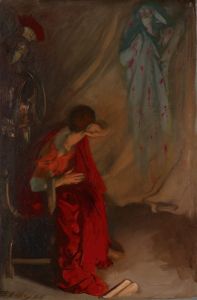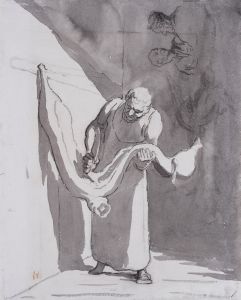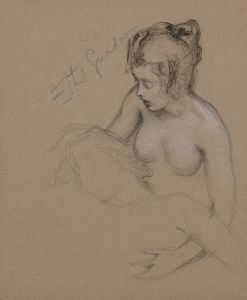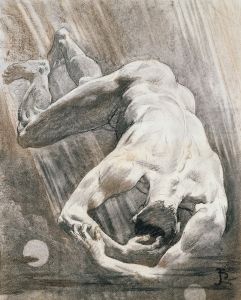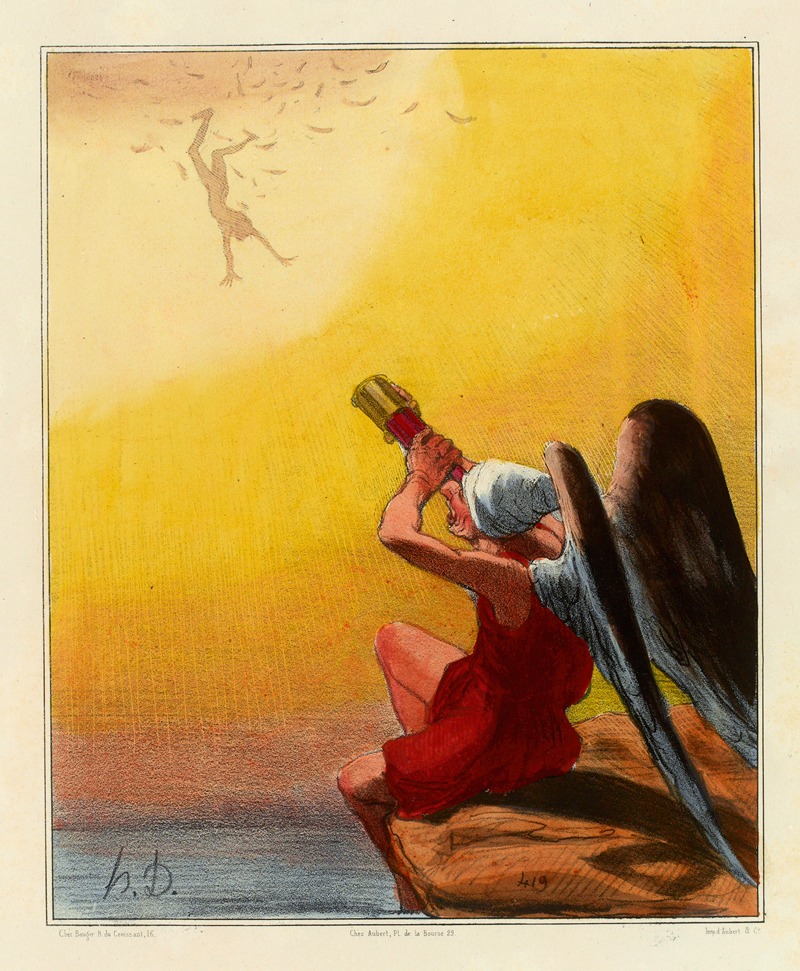
La chûte d’Icare
A hand-painted replica of Honoré Daumier’s masterpiece La chûte d’Icare, meticulously crafted by professional artists to capture the true essence of the original. Each piece is created with museum-quality canvas and rare mineral pigments, carefully painted by experienced artists with delicate brushstrokes and rich, layered colors to perfectly recreate the texture of the original artwork. Unlike machine-printed reproductions, this hand-painted version brings the painting to life, infused with the artist’s emotions and skill in every stroke. Whether for personal collection or home decoration, it instantly elevates the artistic atmosphere of any space.
Honoré Daumier, a renowned French artist, is widely celebrated for his contributions to caricature, painting, and sculpture during the 19th century. Among his works, La Chûte d’Icare (The Fall of Icarus) is a notable painting that reflects his artistic engagement with mythological themes and human emotion. This work, like much of Daumier's oeuvre, demonstrates his ability to capture the human condition with a blend of realism and expressive intensity.
La Chûte d’Icare is believed to have been created in the later years of Daumier's career, a period when he increasingly turned to painting as a primary medium of expression. The painting depicts the mythological story of Icarus, the son of Daedalus, who flew too close to the sun with wings made of feathers and wax. The heat of the sun melted the wax, causing Icarus to fall into the sea. In Daumier's interpretation, the focus is not on the dramatic moment of flight or the sunlit sky but rather on the aftermath of the fall, emphasizing the tragedy and vulnerability of human ambition.
Daumier's style in this painting is characterized by loose brushwork and a muted color palette, which lend the work a somber and introspective tone. The composition is thought to reflect his interest in the emotional and psychological dimensions of mythological narratives, rather than their heroic or grandiose aspects. This approach aligns with Daumier's broader artistic philosophy, which often sought to highlight the struggles and follies of humanity.
The exact date of the painting's creation is not definitively documented, but it is generally associated with the mid-to-late 19th century. Similarly, the current location of the painting is not widely cited in available records, and it is unclear whether it resides in a public collection or remains in private hands. Daumier's works, including La Chûte d’Icare, are less frequently exhibited than those of some of his contemporaries, but they continue to be studied for their unique blend of social commentary and artistic innovation.
As with many of Daumier's paintings, La Chûte d’Icare is not as well-documented as his lithographs and caricatures, which were widely published during his lifetime. Nevertheless, the painting remains an important example of his exploration of universal themes through a deeply personal and evocative lens.





